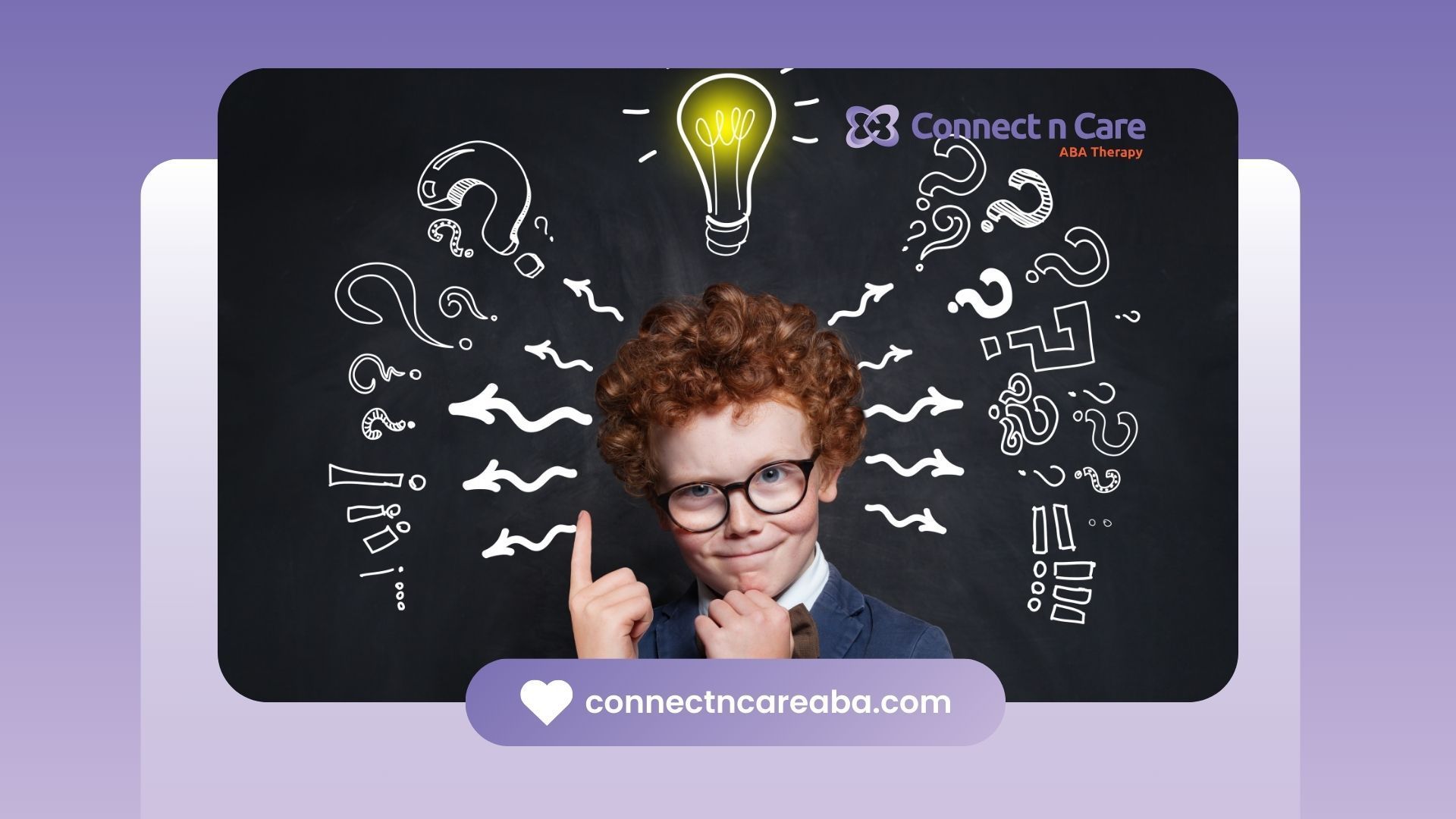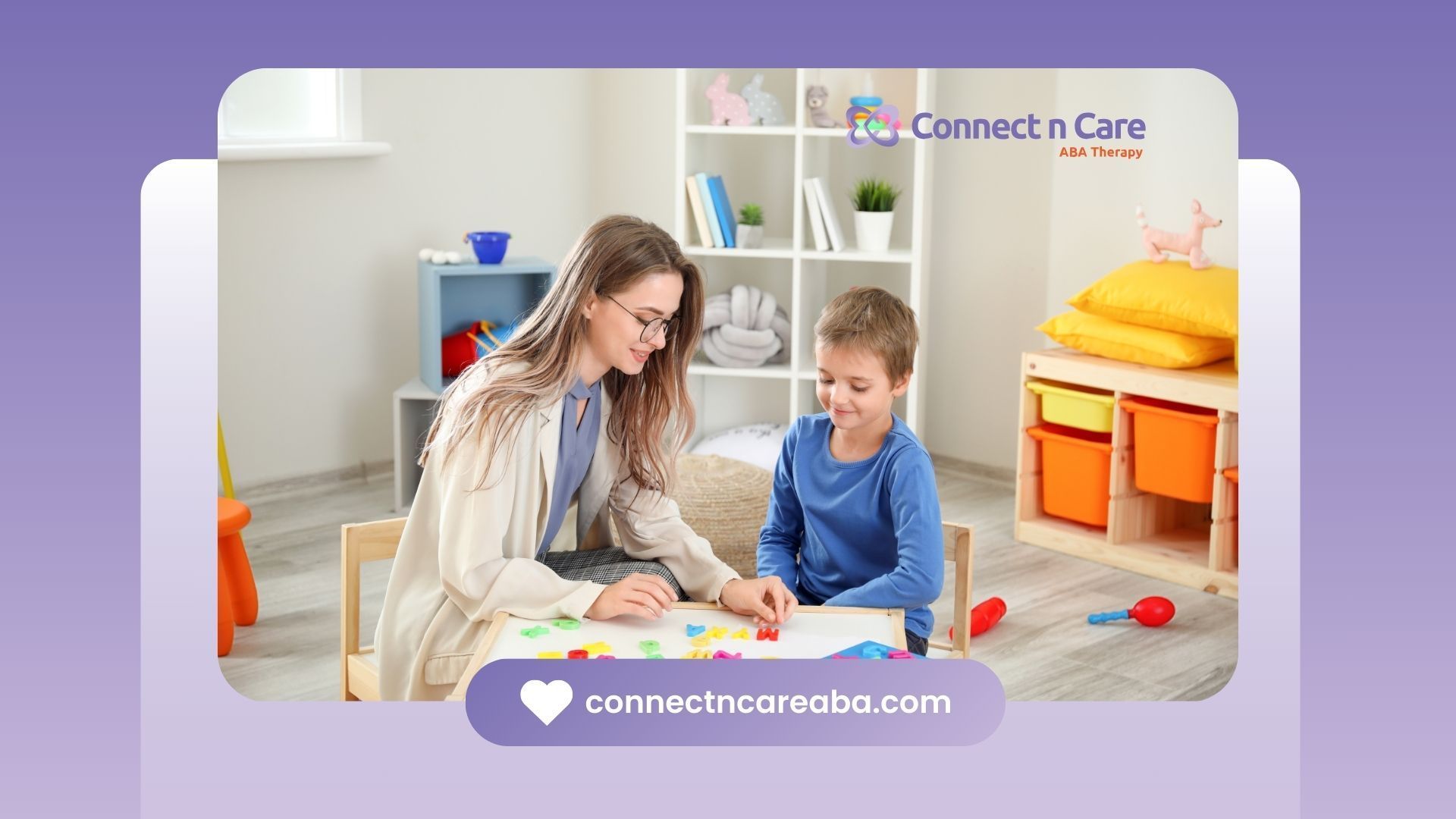When looking for help and treatments for autism, it makes sense to think about different therapies to find the right one for your child's individual needs. ABA therapy is helpful but does not work for everyone. Parents can think about their child's development stage, learning style, and how they react to sensory experiences. This can help them find methods that match their family's values. Alternative therapies can help in many areas, such as building emotional connections and improving communication and sensory processing. There are many options to explore.
Exploring Alternatives to ABA Therapy
Finding the right autism therapies can be tough. This list of ABA therapy alternatives gives some options that many parents like. Remember, what helps one child might not help another. It's important to fit the therapy to each child's individual needs. By doing this, parents and caregivers can discover therapies that really support their autistic child's growth and happiness.
1. Cognitive Behavioral Therapy (CBT)
Cognitive Behavioral Therapy (CBT) is a method that helps people change their thoughts and behaviors. It works on better coping skills, handling emotions, and solving problems. CBT can really help autistic people by improving how they think and feel. This therapy focuses on tailored help to boost social skills and overall life quality. CBT is also seen as a good choice compared to ABA, as it looks at the individual needs of each person.
2. Relationship Development Intervention (RDI)
Relationship Development Intervention (RDI) helps autistic people build real social connections and improve their emotional skills. Unlike ABA, RDI focuses more on developing emotional connections and cognitive functions based on the individual needs of each autistic child. Caregivers play an important part in helping the child grow in emotional regulation and social skills. This caring therapy encourages real relationships and improves the life quality for autistics. It works well with cognitive behavioral therapy.
3. Social Skills Groups
Social skills groups help autistic kids learn to interact with others in a safe space. In these groups, children can pick up on social cues, communication styles, and how to behave properly. When they take part in role-playing, games, and talks, autistic children can get better at their communication skills and understand social situations. They also learn ways to make friends. The friendly environment of social skills groups helps kids gain confidence, lower their anxiety, and use what they have learned in real life.
4. Play Therapy
Play therapy uses play as a natural way for children to communicate. This is especially helpful for autistic children who might find it hard to talk in regular therapy. During play therapy, an autistic child can show their feelings and experiences using toys, art, and stories. Trained therapists watch how the child plays to understand their thoughts and help them express their feelings better. Play therapy creates a safe space for children. Here, they can work on their challenges, improve their social skills, and build coping skills.
5. Occupational Therapy
Occupational therapy helps improve motor skills and coordination in autistic children. This therapy focuses on fine motor skills, like writing and buttoning clothes. It also helps with gross motor skills, such as running, jumping, and playing. Occupational therapists work with kids to manage sensory sensitivities that can affect learning, play, or socializing. By boosting sensory processing and motor skills, occupational therapy encourages independence and self-care. It also improves the overall well-being of autistic children.
6. Speech Therapy
Speech therapy is very important for helping an autistic child improve their communication skills. It focuses on how they can talk clearly, understand words, and interact socially. Therapists help children learn to express what they need and think. They may use sign language, picture cards, or special tools to do this.
Speech therapy also helps with issues like slow language growth, trouble understanding social signals, and challenges with everyday conversation. This support allows autistic children to have meaningful talks and form relationships. By tailoring therapy to fit a child’s language and communication style, they become more confident. This helps them connect better with others.
7. Music Therapy
Music therapy uses music to help autistic people with their feelings, communication, and senses. Music therapists use activities like singing, playing instruments, and listening to music. These activities help people express themselves, interact socially, and release emotions. Music therapy can support growth in different areas, like language skills, social skills, and sensory processing. The steady and familiar nature of music gives a relaxing and interesting experience. This helps autistic individuals control their emotions, focus better, and connect with others through music.
8. Sensory Integration Therapy
Sensory integration therapy helps people who have trouble processing sensory information. This challenge is common among autistic people. The goal of this therapy is to make it easier for children to handle sensory experiences. It also helps them feel more comfortable and in control of their reactions. Therapists design personal sensory plans that include activities to help with both over-responsiveness and under-responsiveness to sensory input. Children can swing, get brushed, and play with different textures. These activities help them learn how to manage their responses. By doing this, they can reduce meltdowns and better take part in daily activities.
9. Floortime Therapy
Floortime therapy, which is also called DIR/Floortime, is a way to help children grow through play. This method focuses on building strong relationships. In Floortime sessions, parents or therapists play with the child on the floor. They follow the child's lead and join in on their interests. This type of play helps the child communicate better, connect emotionally, and think more clearly. Floortime shows how important it is to meet each child at their own level of development. It helps to focus on their strengths to support their overall growth.
10. Animal-Assisted Therapy
Animal-assisted therapy uses pets like dogs, horses, or cats to help autistic people. This therapy can support their emotional control, social skills, and communication. Being around animals gives comfort and lowers anxiety. It can also help with social interactions. During these therapy sessions, people may groom, walk, or play with the animals. A trained therapist guides these activities. Animals offer a calm and non-judgmental presence. This creates a safe space for individuals to build emotional connections, boost communication, and improve their social skills.
Why Consider Alternatives to ABA?
Exploring options besides ABA comes from a better understanding of the different experiences within the autism community. This shows a promise to respect individual differences and to adapt treatment to fit those differences. Parents and caregivers are looking for ways that focus on kindness, respect, and a real understanding of their child's needs. They want therapies that respect the child’s choices, feelings, and personal strengths.
Understanding the Need for Diverse Therapeutic Approaches
The demand for different therapy options for autism comes from knowing that autism is a spectrum disorder. This means people with autism can have many different strengths, challenges, and sensory sensitivities. What works well for one person may not work for another, even if they have the same diagnosis. Some methods focus on understanding sensory differences. Others focus on building relationships, improving communication, or teaching coping skills and life skills. We can think of autism therapies as a toolbox, with various tools used for different needs.
Tailoring Interventions to Individual Needs
Creating a custom plan for an autistic child is important. It needs careful thought about what the child needs, what they are good at, and what challenges they face. This starts with a thorough assessment, which helps in understanding the child's development, how they communicate, their sensory sensitivities, and how they like to learn. It is very important for parents, caregivers, therapists, and teachers to work together to make a complete plan that fits the child's individual needs. Parents and caregivers can speak up for their children by sharing their observations, worries, and goals with the professionals involved.
Implementing a Multi-Therapeutic Approach
A multi-therapeutic approach uses different therapies to support children with autism. This method understands that autism has many sides, so we need many ways to help. Each therapy helps and improves the others. This teamwork leads to better support and progress for the child. It helps parents and therapists focus on different areas of development. They can highlight a child's strengths while also working on what needs improvement.
Combining Therapies for Comprehensive Support
Combining therapies means using different types of treatments together to help children with autism in a thorough way. For example, a child may use speech therapy to improve communication skills. They might also participate in occupational therapy to work on fine motor skills and sensory issues. At the same time, they can join social skills groups to practice interactions with peers. Play therapy can also help them manage their emotions. It is important to select therapies that fit well together. This approach helps to meet the child's needs in different areas of development.
Working with Professionals for Customized Care Plans
To create and put into action a special care plan for an autistic child, parents need to work together with a team of professionals. This team can include therapists, teachers, pediatricians, and experts in autism. Good communication, making decisions together, and keeping track of progress are very important. Meeting regularly with the care team helps to change the care plan as needed based on how the child is doing, what they need, and any problems they face. When everyone works together, the child gets the best support that grows and changes as they do.
Exploring alternatives to ABA therapy can open doors to various approaches for supporting individuals with autism. From speech therapy to occupational therapy, there are diverse options to consider. However, understanding the right fit often begins with guidance from experts in autism treatment therapy, who can tailor recommendations to your child’s unique needs. Start your journey today by consulting a trusted professional!
Conclusion
In conclusion, it’s important to look at different therapy options besides ABA therapy. This helps give better support that fits individual needs. You can make care plans for your child by mixing therapies like CBT, RDI, and play therapy. Knowing how helpful these different therapies can be and teaming up with certified professionals will help your child grow in a positive way. If you want to try something other than ABA therapy, remember that using a mix of these therapies is a good way to support your child's growth and well-being. Start today to make an effective and caring plan for your child.
Connect n Care ABA in North Carolina is dedicated to providing families with personalized solutions, whether through ABA therapy or exploring alternative approaches. Their experienced team takes the time to understand your child’s unique needs and recommends strategies that foster meaningful growth. Ready to discover what works best for your family? Contact Connect n Care ABA today for expert guidance and compassionate support!
Frequently Asked Questions
What are the benefits of combining different therapies?
Combining different therapies is a good way to meet the needs of an autistic child. For instance, using occupational therapy, speech therapy, and social skills groups can help support all areas of development. This means it can help improve cognitive development, emotional regulation, social skills, and the ability to manage sensory information.
How can I determine which therapy is best for my child?
Finding the best therapy for your child with autism means considering their specific needs and what suits your family. It’s important to talk to experts, like doctors and therapists. They can give you helpful advice to find the right type of therapy and check if it's available for your child.
Can these therapies be used in conjunction with ABA?
Yes, there are many ethical alternatives to ABA therapy. You can include them in a treatment plan along with ABA therapy for a better approach. Many people see that using these alternatives can make ABA therapy even more effective and give more support. It’s a good idea to talk with your child’s therapist. They can help decide which alternatives are best for your child and look into personalized care plans.
Where can I find certified professionals for these therapies?
You can find certified professionals for therapies through different sources. These include trusted autism organizations, advocacy groups, and online lists. Some hospitals and clinics focus on autism treatment and can give you helpful recommendations and referrals. Local support groups and online communities can also share useful information and link you with trained experts in your area. When picking a therapist, check their certifications and experience. Make sure their approach fits your family’s values. Exploring ABA therapy alternatives and working together with professionals can help create a supportive space for your child.









